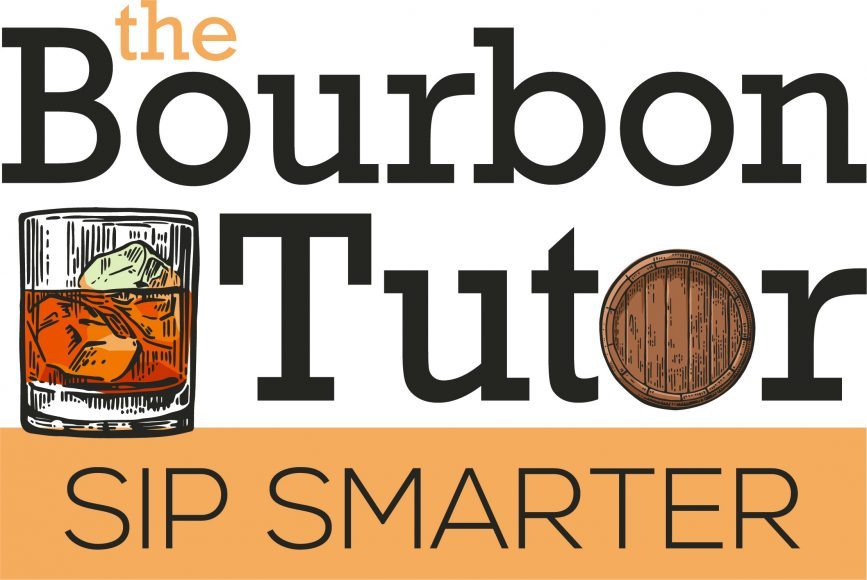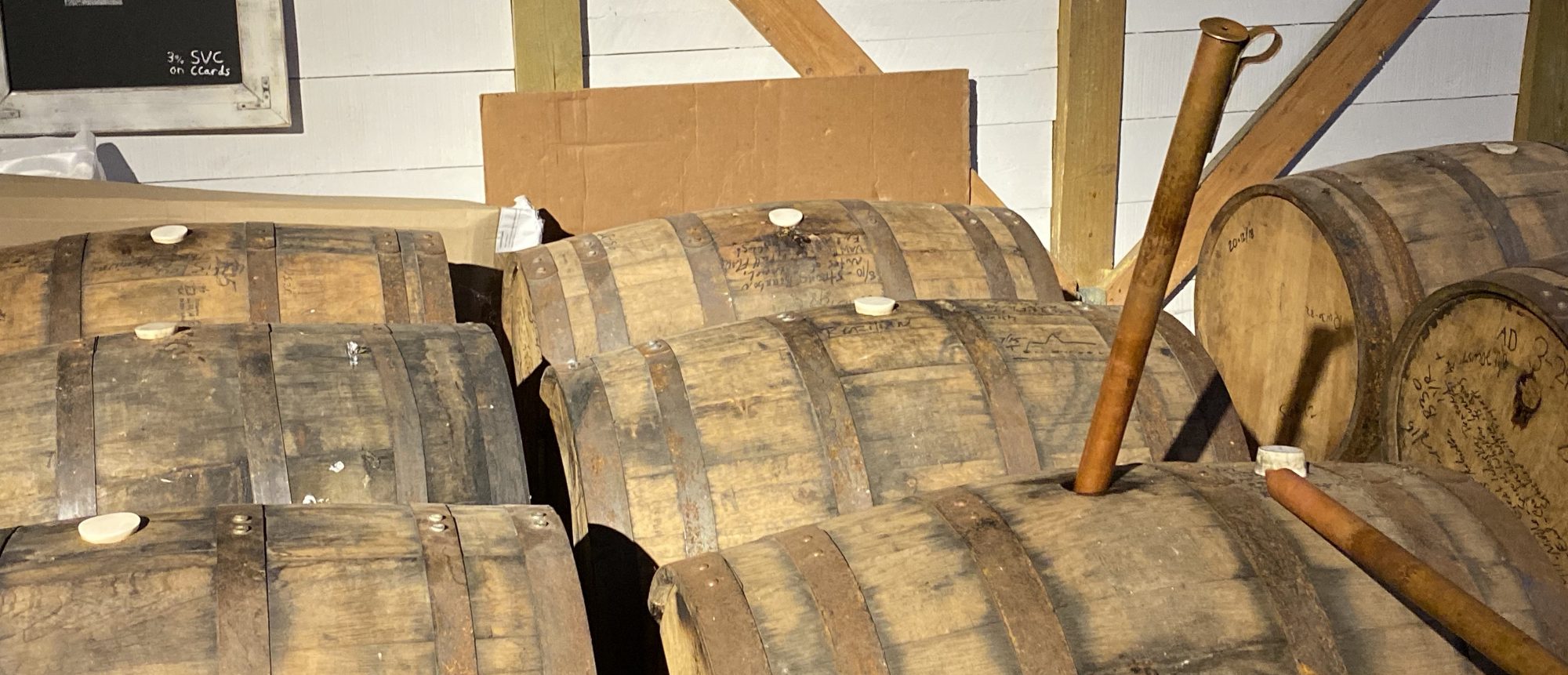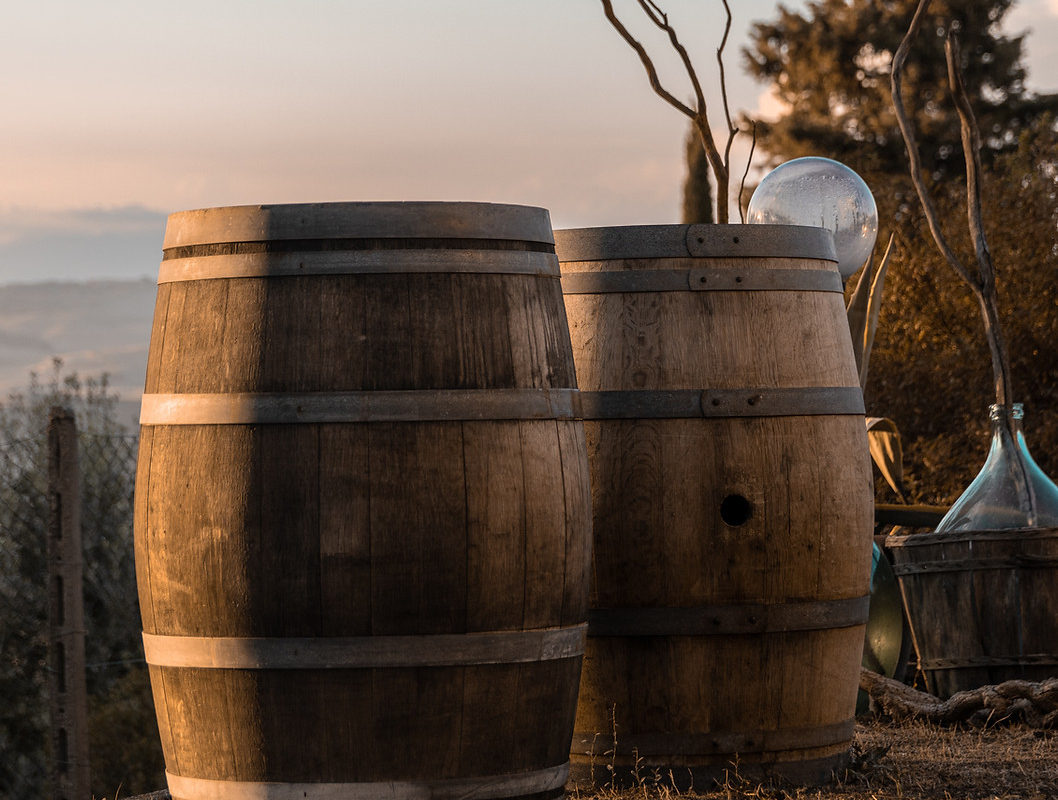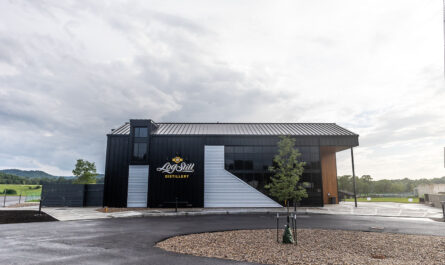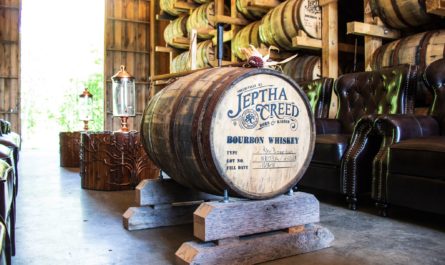The rules of bourbon whiskey are specific and strict: Produced in the U.S.A; minimum 51 percent corn; distilled at 160 proof or below and bottled at 125 proof or below; free from any additives except water. Ironically, one of the most important elements in the final quality and taste of bourbon — the barrel it ages in — isn’t actually spelled out in the 1964 Federal Law.

The law only says that the whiskey must go into a new charred oak container. An oaken wood bucket, box, or bowl might do. But no, in the world of whiskey, only a barrel will do. And, in most cases, only a barrel of American white oak will do.
At a recent tasting in Louisville of products from Kentucky Artisan Distillery (KAD), the focus was as much on the barrels the bourbon comes from as the nose and notes of the bourbon itself. KAD Master Distiller Jade Peterson was on hand, along with Brand Manager Jeremy Dever, to shed light on the liquid we were tasting. Kelvin Cooperage Vice President of Operations William Hornaday shared details about the importance of the barrels in how each of those liquids taste.
“People say 50 to 90 percent of the flavor in whiskey comes from the barrel,” Hornaday said. “I would err closer to 90 percent. And I think most master distillers would agree.”

Toasting vs. charring
On distillery tours you’ll often hear, “There’s no substitute for the time in the barrel.” But not all barrels are created equal.
All cooperages do a quick burn on the inside of the barrel, called charring. Char can range from levels 1 to 5, depending on the time of the burn. Toasting a barrel means heating the entire barrel gently (and longer) over an open flame, as Kelvin does. Toasting is less common for bourbon barrels, but more common in wine barrels, where Kelvin Cooperage got its start.
What makes Kelvin barrels different?
“It’s the toasting and the charring with natural wood fires,” Hornaday said. “Taking the time to get the heat degradation of the wood polymers. It converts those polymers, which are sugars that naturally occur in white oak. It turns them into flavor compounds. That’s where all your flavor complexity comes from, that’s where your color comes from. It’s the heart and soul of your product.”
Thanks to the heat penetrating the entire stave, the outside of a barrel can register 300 degrees during the toasting. Hornaday noted that Kelvin uses white oak wood scraps as fuel for their fires, not natural gas. The process is more labor intensive and thus more expensive.
Then why do it?
“If you properly toast a barrel, you open a massive breadth of complexity and flavor that you’re going to get in your final product,” Hornaday said. “And it will actually improve maturation times. You’ll get a more mature product in less time in a barrel that’s been properly toasted and charred.
You might call Kelvin Cooperage a craft cooperage. The cooperage was founded in 1963 along the River Kelvin in Scotland, before opening a facility in Kentucky in 1991. Many of their initial bourbon clients like Angels Envy, Kentucky Artisan Distillery, Kentucky Peerless Distillery, and Copper and Kings Brandy were also getting their start on the craft distilling side. Now Kelvin provides barrels for bourbon distilleries around the country.
But Kelvin, like all cooperages, is currently dealing with a shortage of barrels in its pipeline. Hornaday called it a “hangover from the COVID pandemic” and the perfect storm of labor shortages and supply chain issues that plague most businesses today. The only other time this scarcity of barrels happened, ironically, was about 10 years ago when the craft distilling boom took off. Suddenly more distilleries than ever were in search of the new, charred oak barrels.
The proof is in the tasting
The tasting was part of an ongoing series at Westport Whiskey and Wine. We sampled several KAD expressions including Whiskey Row pre-prohibition-style bourbons (18th Century, Shippingport, and Bottled-in-Bond) and two Billy Goat Strut Rye Whiskies (90 and 110 proof, “combining the spicy rye whiskies of Kentucky and aromatic Canadian whiskies from our Northern friends.”)
KAD opened its doors in Crestwood, Kentucky outside Louisville in 2013 and has been growing ever since, more than doubling their capacity since 2020. In addition to their own products, KAD distills and bottles for others including Jefferson’s Reserve, Jefferson’s Ocean, Kentucky Par, and Coalition Rye Whiskey.


The History of Whiskey Row
The stretch of Renaissance Revival buildings located on Main Street in Louisville, Kentucky is locally known as Whiskey Row. From 1850 through Prohibition, Whiskey Row became the trading center for all spirits distilled in Pennsylvania, Virginia, Kentucky, and West Virginia. Whiskey from upriver was warehoused and blended with Kentucky whiskey on its way downriver to New Orleans and overland to the West. Whiskey Row Bourbon is a blend of small batch barrels that mirrors many of those early recipes so that you may enjoy the same flavors that our ancestors enjoyed during the foundation and westward expansion of our nation.”
Kentucky Artisan Distillery
I asked Peterson why it was so important for Kentucky Artisan Distillery to have a partner like Kelvin Cooperage.
“In this industry, you’re always looking for consistency and quality,” Peterson said. “Sometimes you have to lean more on one than the other. Being on the craft side, the quality is the main concern for us. I know when I get their barrels in, I’m not going to have leaks, wormholes (or other problems). I get the toasted and charred barrels from Kelvin, which is unique across the industry. A lot of other companies aren’t doing this. It’s local also. Anytime you can keep your business within 15 or 20 miles of the distillery, it’s an added plus.”
And what value does toasting the barrels bring?
“The toasting is an additive…we’re going to get a lot of those caramels and vanillas and really add flavor to it,” Peterson said. “The char is going to clean it up. You get that good, mellow combination of adding sweetness and robust flavor to it, while cleaning up anything left over from the distillation process that you might not want.”
Not that whiskey and bourbon enthusiasts need another fact or figure to fixate on when it comes to deciding what to drink, buy, and collect. But you might want to start paying a bit of attention to who is making the barrels your favorite amber liquid spends a few years resting in, and just what kind of fire they’re applying to the wood in the process. Could “Toasted and charred” become as familiar a mantra as when martini drinkers say, “Shaken, not stirred?”
Thus ends our ode on an oaken barrel. With apologies to the poet John Keats and his “Ode on a Grecian Urn:”
“Bourbon is truth, truth bourbon, — that is all
Ye know on earth, and all ye need to know.”
